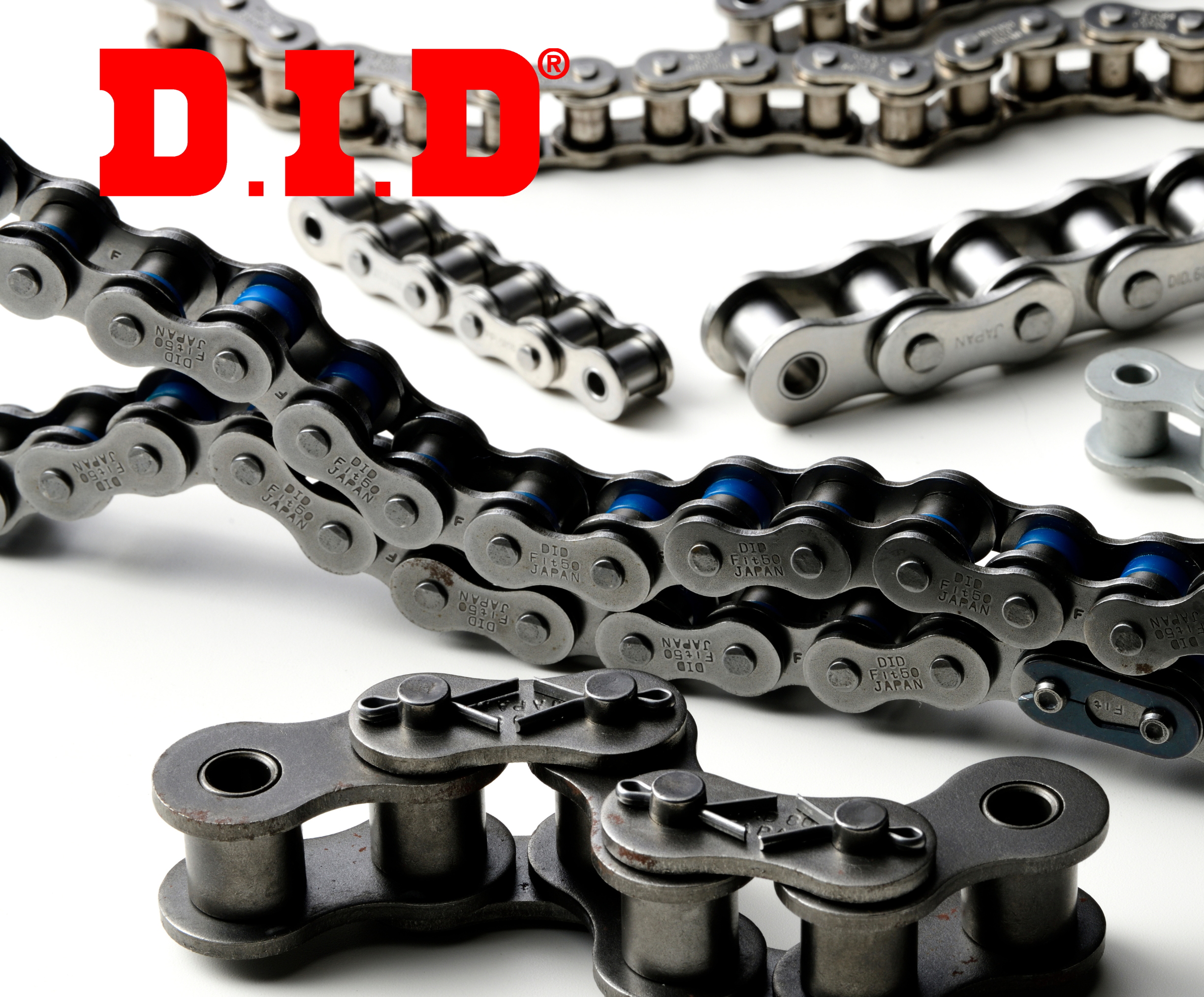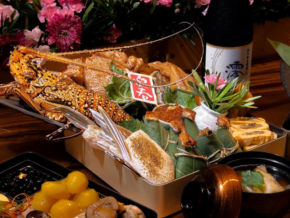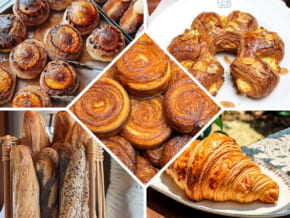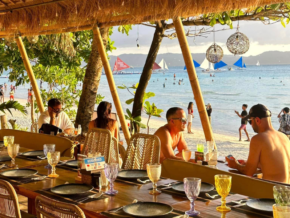Five Japanese Desserts and their Filipino Counterparts
They say that the fastest way to a man’s heart is through his stomach. The statement could not be any truer to any Filipino you meet whose fondness for food knows no bound. The Japanese have their own sweet tooth to compensate for the love for sugar, a similarity between the two cultures.
The Dango and the Carioca
–
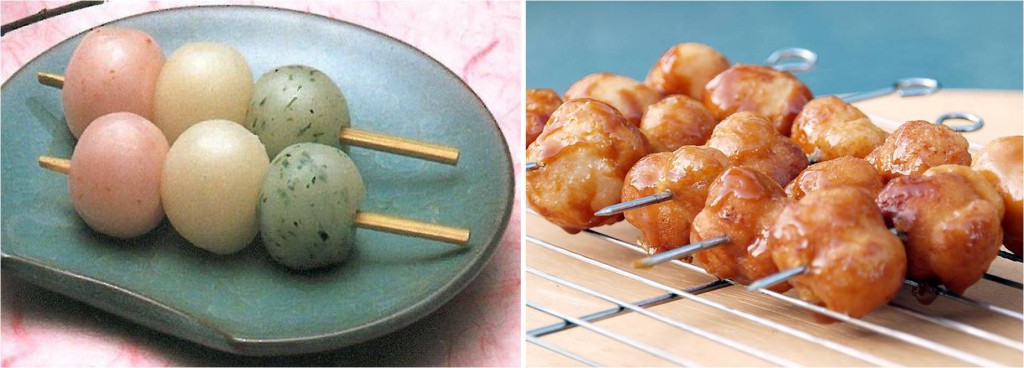
Dango (Photo from takai-foods.co.jp) and Carioca (Photo from angsarap.net)
–
These multi-colored dumplings have become an iconic festival treat made from rice flour, and is related to mochi. There is usually three to four dango skewered in a stick.
One of the selected sweet street foods, the carioca, resembles the local fish, but is made of different components. Made of sweet rice flour with glutinous rice as substitute, these chewy treats are best sold in a stick with a caramelized glaze.
–
The Warabimochi and the Espasol
–
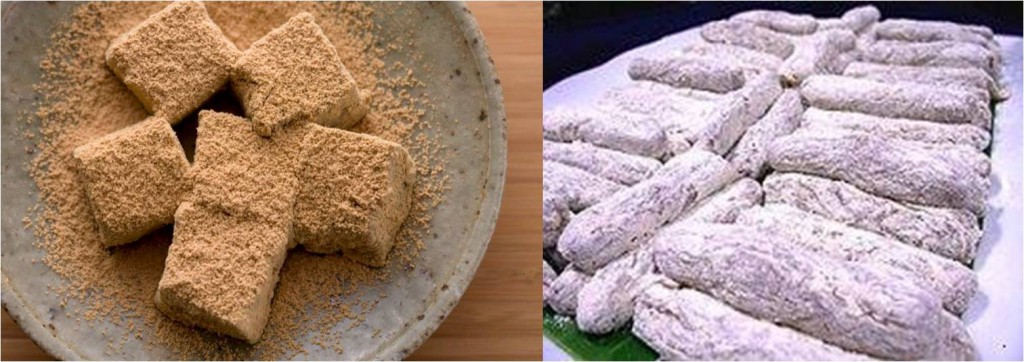
Warabimochi (Photo from kagizen.co.jp) and Espasol (Photo from pinoyrecipe.net)
–
With its name derived from the plant warabi, meaning “bracken”, and its main ingredient, the warabimochi is a translucent jelly confection that is somewhat related to the mochi. A popular delicacy of the Kansai area, it is usually dipped in sweet kinako, or toasted soybean powder.
The espasol is a specialty of the Laguna province, and is notable for its cylinder-like shape and white powdery appearance, which is actually toasted rice flour. Its main ingredient is the sweetened coconut, and is bought in packs from local stores as pasalubongs.
–
The Purin and the Leche Flan
–
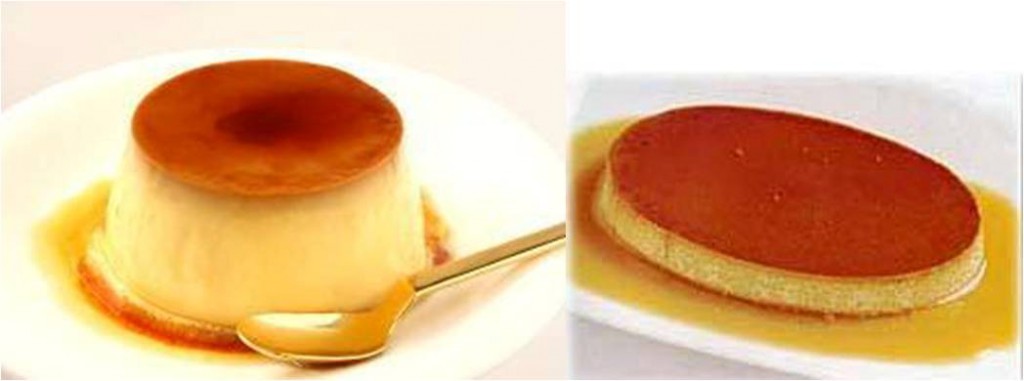
Purin (Photo from oksfood.com) and Leche Flan (Photo from regalomanila.com)
–
The purin, in its popularity, gave birth to a Sanrio character Pudding Dog, coming from the same creators of the Hello Kitty. It is the Japanese equivalent of the crème caramel flan or caramel pudding. It is usually available in convenience stores in Japan.
The leche flan is an oval-shaped dessert cooked in a metal mould, giving it its most recognizable shape. Made of eggs and sugar under fire, they are usually present on the typical Filipino table on special occasions.
–
The Kakigori and Halo Halo
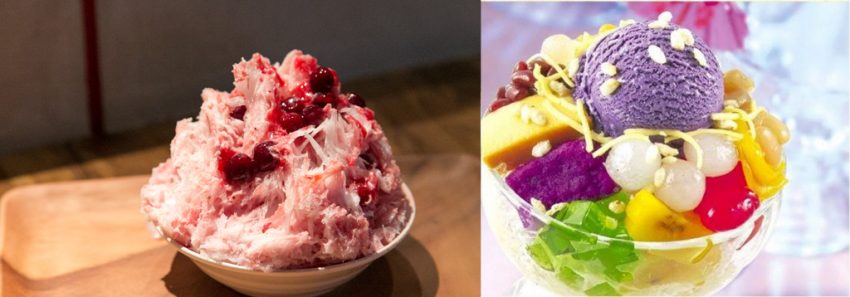 –
–
Kakigori (Photo from Norio Nakayama via Flickr) and Halo Halo (Photo from sanpablocity.com.ph)
–
Shaved ice served in wide round bowls, the kakigori is a colorful dessert flavored with syrup, milk and sweetener. A hand cranked machine is used to grind ice and is a popular food to ease the summer heat.
Tagalog for “mixed together,” the halo halo is a mixture of all the good things the good earth has to offer like the kaong, jackfruit, banana, macapuno, pinipig, tapioca, and nata de coco. Topped with the optional leche flan, ube or ice cream, it is the Filipino answer to beating the warm weather.
–
The Castella and the Mamon
–
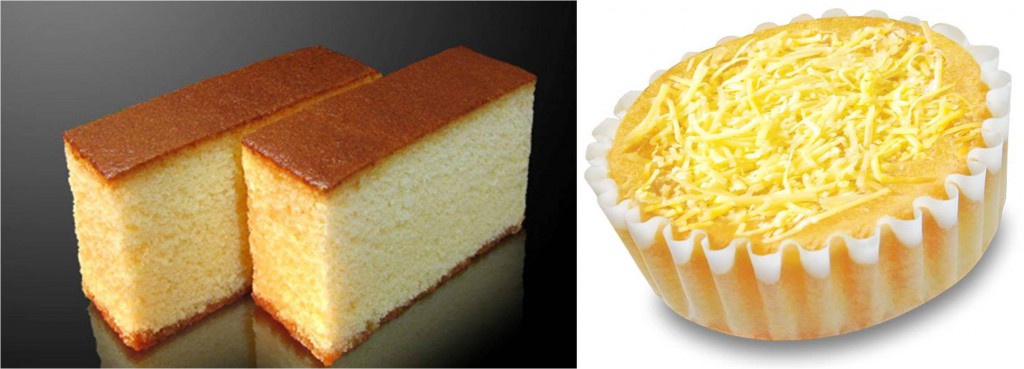
Castella (Photo from portuguese-american-journal.com) and Mamon (Photo from redribbonbakeshop.com.ph)
–
Despite the Spanish sounding name, the castella is the Japanese sponge cake, cooked in the ovens in a rectangular shape, taking the shape of its container. It was brought by Portuguese merchants back in the 16th century and is now a signature dessert of Nagasaki.
The Filipinos have the mamon, usually sold in packs in popular desserts store, bread, cakes and pastry shops. They are baked in the oven till the surface of the sponge cake is golden brown. It is perfect to eat even without filling.
–
Article by Arvee Gomez




